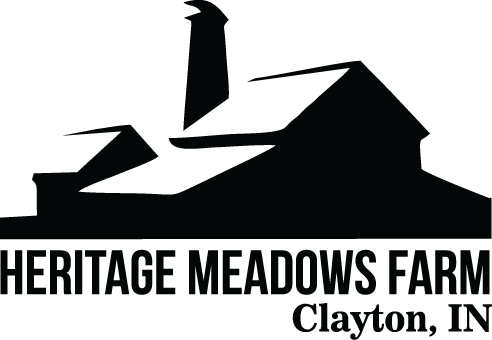Pilgrim Geese.
Waterfowl in general are the toughest animals we have on the farm. Geese are at the tip top of that list. They need very little care when it comes to shelter and food. During the warm months they prefer to graze and eat very little grain. They are very hardy birds. They are also very broody and do a better job of hatching then any incubator will ever do. They are a medium weight bird and get plenty big enough for a table bird. Pilgrims are listed as threatened on The Livestock Breed Conservancy list.
The Pilgrim goose is known for being calm and personable. It is one of two American goose breeds that is sexually dimorphic (auto-sexing), the other being the Cotton Patch breed. Day-old males are silver-yellow with light-colored bills, in contrast to the olive-gray females with their darker bills. Adult ganders [males] are mostly white, usually with gray rumps (which are covered by the wings) and traces of color in the tail and wings. Mature geese [females] are soft dove-gray with varying amounts of white in their faces. Bills and legs are orange in both sexes, while the eyes are blue in ganders and dark brown in geese.
Pilgrims are medium-sized geese, weighing 13 - 14 pounds at maturity. The head is trim, the crown is often slightly flattened and the neck is average in length and thickness. Their bodies are full and plump, with a smooth, keel-less breast. They should have two rounded fatty lobes on the abdomen. Properly managed, they lay 35-45 six to seven ounce white eggs annually.







